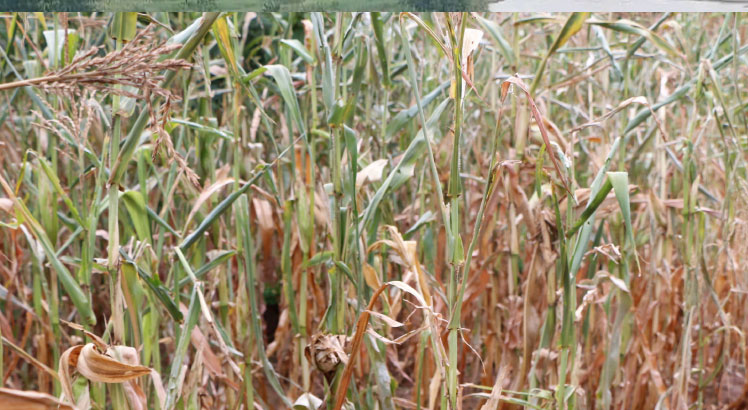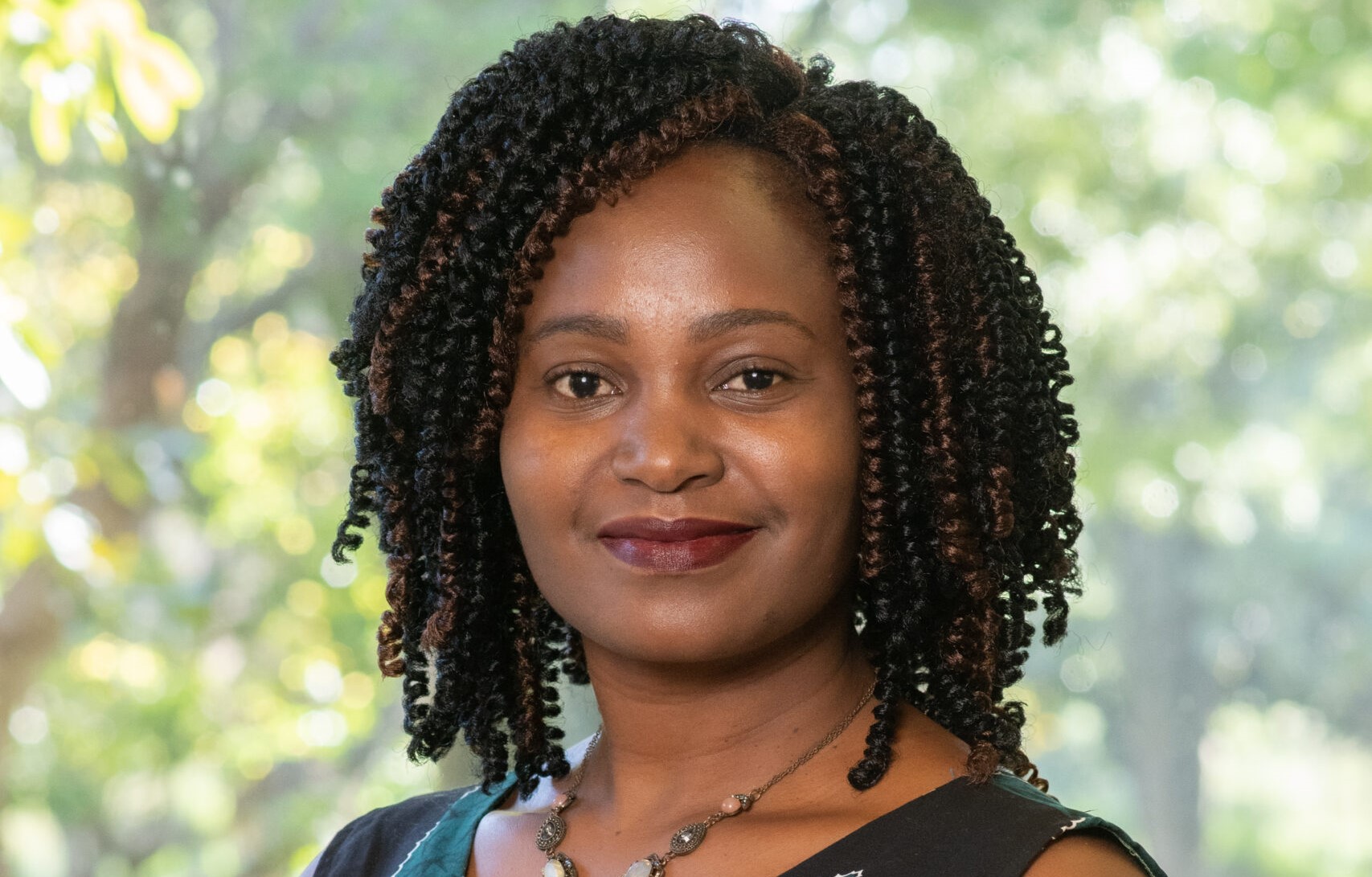What lies ahead of agriculture sector?
Maria Maulidi and Esther Kambwiri recently met outside a church building where they began sharing stories of the poor harvest in the 2024 growing season.
The two come from Ndindi Village in Salima District, which is among the 23 districts that President Lazarus Chakwera declared a State of National Disaster in March this year due to adverse effects of El Nino weather condition that affected the year’s crop output.

What brought the two women to the church ground alongside hundreds others from the community is the launch of a project designed to respond to the looming food insecurity in the country.
“I harvested five bags, each weighing 50 kilogramme of maize only from my one hectare. It’s not enough for my family,” Esther says.
A good harvest on one hectare of maize is above one metric tonne, according to Ministry of Agriculture statistics.
But like in most parts of Salima, Esther’s maize crop was affected by dry spells that lasted several weeks.
For Maria, her scenario is even worse. From her two hectares, she harvested three bags, each weighing 50kg, to carter for a household of nine, which needs over a tonne of the staple grain to get to the next harvest.
Ironically, Maria’s cropland is next to a river, but she cannot irrigate her farm due to lack of equipment.
“It’s difficult to draw water from the river by hand. It’s too steep to reach the water and the task can only be done by use of water pump , which I cannot afford,” says Maria.
The two women’s stories corroborated by traditional chief of the area who says his subjects need assistance to do irrigation farming after the rainy season.
At the event, some entrepreneurs showcased modern farming equipment that provides solutions to the drought that often hit the farmers.
However, at a price of K750 000 for a set of solar set for water pumping that can supply enough water for a hectare, Maria and Esther are indeed already hedged off from this solution.
Perhaps, a project called Climate Just Communities (CJC) by DAI UK Globe offers some hope to people such as Maria and Esther.
Through the CJC project, DAI UK is pumping $10 million (about K18 billion) to support communities in seven out of the 23 disaster-hit districts, including Salima, with farm inputs, irrigation equipment and expertise to engage in irrigation farming.
According to the project team leader Kenneth Matekenya, it is envisaged that the CJC project will strengthen the communities’ resilience to climatic shocvks.
The adverse El Nino weather condition is a big blow to Malawi, an agrarian economy where over 85 percent of the population depend on rain-fed agriculture, according to a 2022 Poverty Assessment Report by the World Bank.
Earlier projections showed that the country’s economy was on the recovery path this year, initially expected by the World Bank to grow by 3.5 percent in 2024 from 1.5 percent in 2023 and 0.9 percent in 2022.
But the bank has slashed the growth projections to just two percent following the dry spells induced El Nino weather that left crops damaged.
“Malawi’s economy is projected to grow by two percent in 2024, a contraction in per capita terms given 2.6 percent population growth,” says the World Bank in its latest economic forecast for the country.
It adds: “Limited availability of agricultural inputs and the impact of prolonged dry spells during the growing season will result in reduced agricultural output.”
The Reserve Bank of Malawi spokesperson Mark Lungu said it was doing its own economic review following the effects of the dry spells on agriculture production and will release the figures when they are ready.
He says: “The process of recompiling national accounts is in progress.
“The team just concluded the business survey, the numbers have not been released, so we don’t have a revised numbers as of now.”
On the other hand, the International Monetary Fund, which approved a four-year Extended Credit Facility worth $175 million to restore macro-economic stability, is expected to send its mission to assess the economy in view of the recent developments.
Meanwhile, Malawi needs $300 million to buy at least 600 000 metric tons of maize to mitigate the expected household food shortage in 23 out of the country’s 28 districts, according to President Chakwera’s appeal in his State of National Disaster Declaration.
Apart from CJC project which was conceived following the earlier disasters and has coincided with this year’s shock, the World Bank has also released K100 billion for food support.
As the country is warned to brace for more shocks, experts feel there is need for climate change responsive agricultural methods that can make the country more resilient.
Mwapata Institute executive director William Chadza says more investment is needed in extention services and irrigation infrastructure and support to transform Malawi’s agricultural profile to be more resilient.
“We cannot continue to rely on rain-fed agriculture, we need to increase irrigation farming,” he says.
Many experts and farmers share this view, but the main challenge remains financing as irrigation farming is capital intensive.
As projects like CJC make their limited impact, what lies ahead of the country’economic mainstay in light of the devastating climate change shocks?






What’s up, everything is going fine here and ofcourse every one is sharing facts, that’s truly fine, keep up writing.